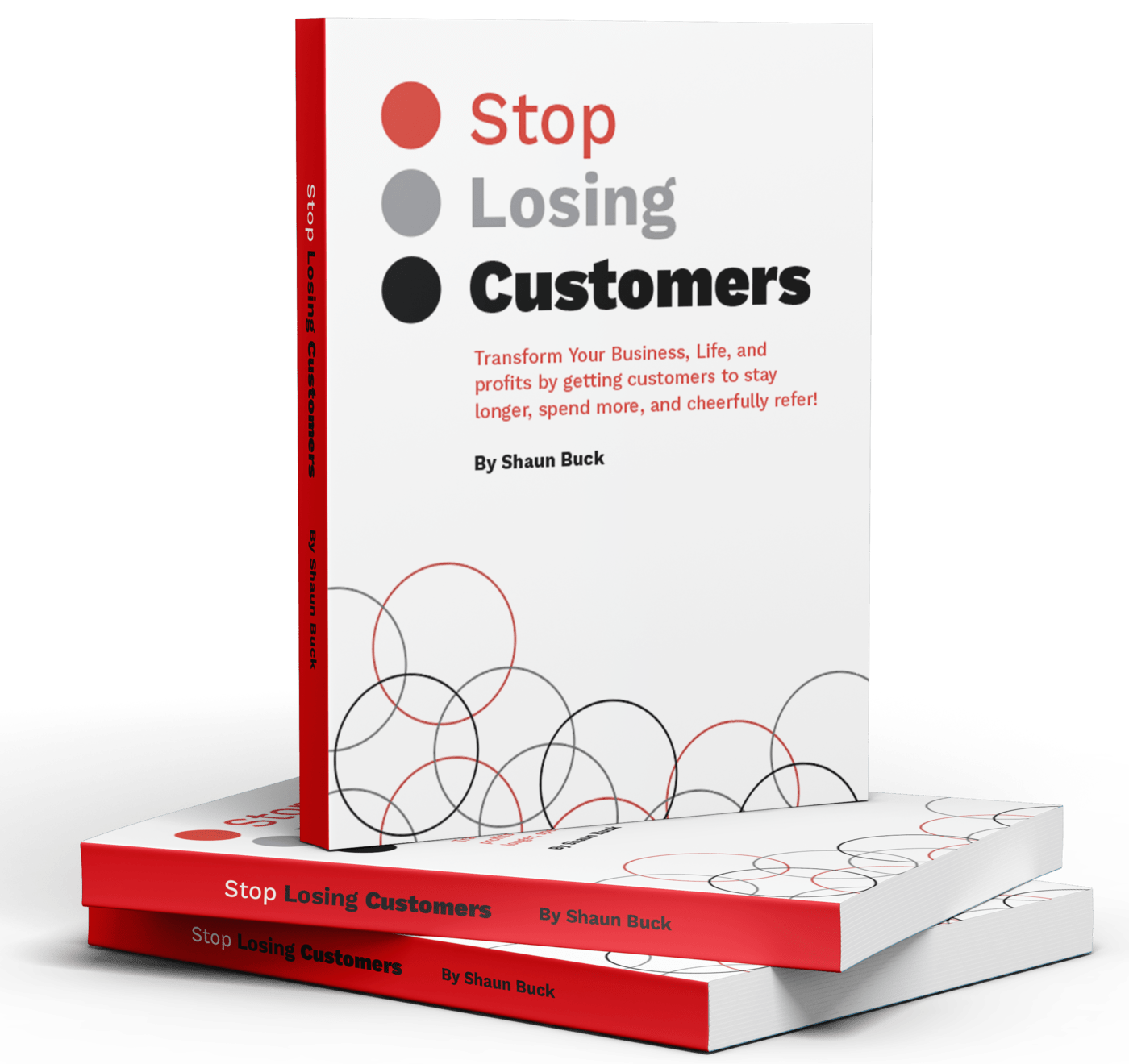If you’re a small business owner — or even the CEO — crowdsourcing social media content can help you engage with your audience and source new content. This often-underused strategy adds variety and diversity to your social media accounts, efforts, and overall brand.

So what is “crowdsourcing?” Sprout Social defines it as “the process of collecting ideas, services, and/or content with the help of contributions from a large number of people.” In other words, crowdsourcing is when a third party provides you with something valuable your business can use.
Crowdsourcing social media content has been known to be incredibly effective when used properly. It promotes engagement and helps companies to better understand the needs of their audience. Brands like Hyatt, Patagonia, and Lay’s regularly use crowdsourcing social media content to help build their businesses and connect with their audience.
You may be thinking, “Well, that might be great for big brands with large crowds. But how can crowdsourcing social media posts help small businesses?”
Even on a small scale, crowdsourcing can help small businesses receive feedback, source content, and improve engagement. It’s all about tailoring your efforts to your audience’s needs and getting your message out there. Here are a few ideas about how to use it!
Crowdsourcing For Feedback

Many brands have asked their customers to identify ways they can improve their products and services. Typically, this is done through surveys or requests for open comments. This increases engagement and helps businesses to learn about their blind spots when it comes to customer service.
For example, Hyatt encourages customers to give their feedback by using their two hashtags #WorldOfHyatt and #WorldOfUnderstanding. This allows Hyatt to publicly address feedback and criticism while cultivating an air of openness with their client base. It also allows them to easily access new ideas and suggestions from their audience.
On a smaller scale, businesses can send out surveys to their email lists or post surveys on social media for customer feedback. This will help the business to have better access to useful ideas and information that they may not otherwise have.
Crowdsourcing For Content
Brands like Patagonia have seen great success with crowdsourcing social media content. In fact, they have a Tumblr page exclusively populated by customer stories. Customers talk about how they are still able to use old gear from Patagonia they purchased years ago. One user claims to still be using Patagonia gear they purchased in 1981. Talk about great word-of-mouth!
But this idea can be scaled down for smaller businesses as well. You can share customer reviews, images, and stories to market your product. This content carries more weight than your typical manufactured posts. Plus, it requires no extra forethought or design on the part of the social media manager. If implemented successfully, businesses can use their audience’s content digitally on a regular basis, saving them time and energy.
Crowdsourcing For Engagement

Crowdsourcing can also be used to garner engagement through contests and promotions. For example, in 2015, Lay’s launched “Do Us a Flavor” campaign, which allowed contestants to submit ideas for a new chip flavor. The winner would receive a grand prize of $1 million and would have their chip idea featured in Lay’s retail partners. This campaign not only encouraged widespread engagement, but it also increased sales by 8% in the 3 months following the competition.
So, consider doing a contest or giveaway in exchange for something that can help your business. Maybe you could have competitions for customers to make a music video to promote your new product line or create a new logo for your brand. Whatever you need, your clients can be a great source for ideas.
How To Promote Crowdsourcing Efforts
Like with any great idea, you need to start with promotion before you can move on to implementation. After all, who is going to participate in a contest they don’t know about or answer a survey they don’t receive? If you want to use crowdsourcing effectively, make sure your audience is informed about your efforts.
Two of the best tools small-business owners have at their disposal are social media and email. If you’re trying to launch a crowdsourcing effort, you let your customers know! Send them an email and post reminders on your social media. This will ensure your loyal followers are aware and excited about helping your brand grow.
So, next time you have a big promotion coming up, consider adding crowdsourcing to your strategy. It can increase the types of content and ideas you receive. You’ll diversify your efforts and brand’s image, and you’ll improve engagement with your followers and get them excited about your business.






